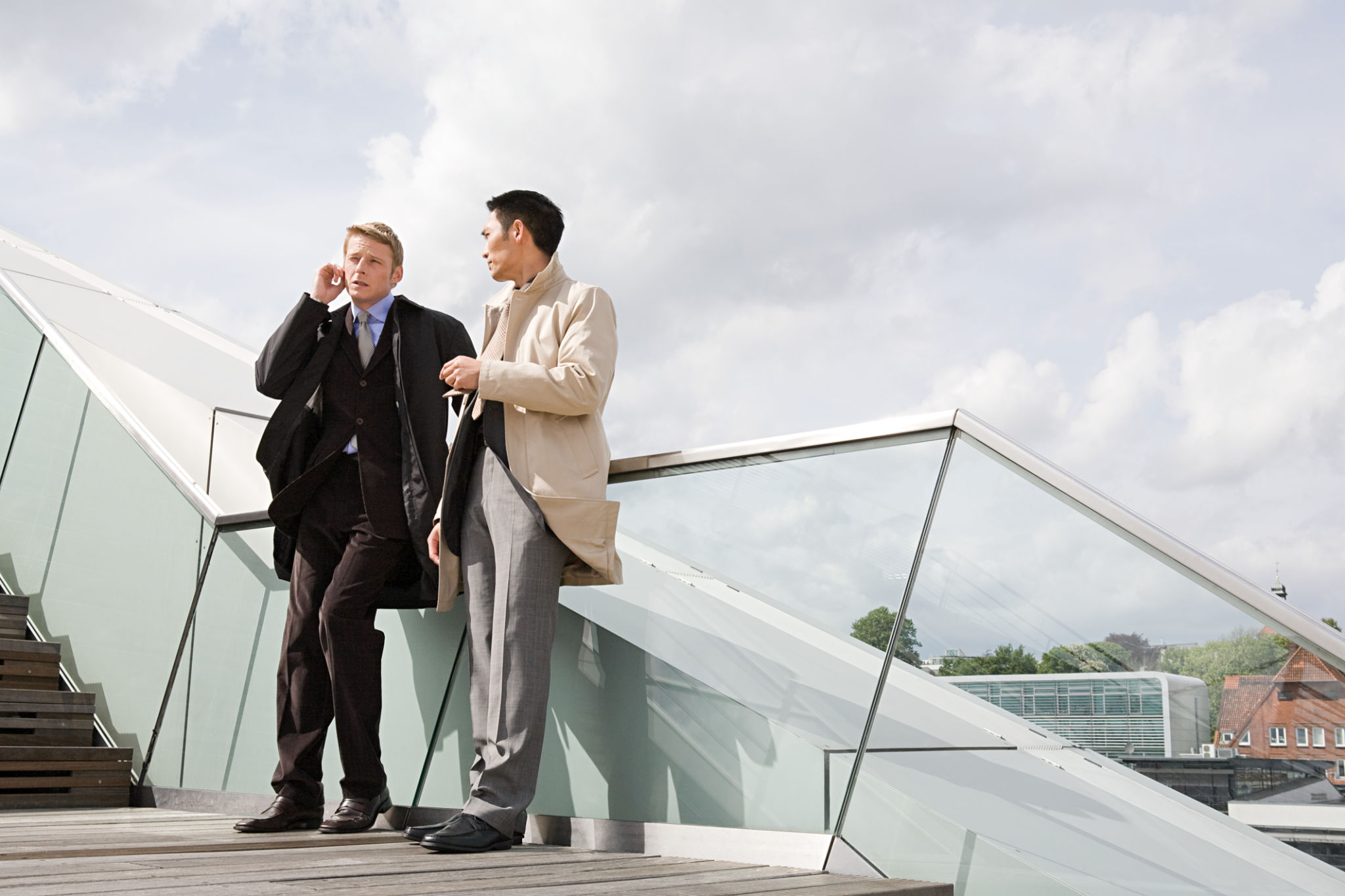Event Photography in Zagreb: Common Mistakes and How to Avoid Them
Understanding the Importance of Event Photography
Event photography in Zagreb offers a dynamic opportunity to capture moments that are both special and fleeting. Whether you're documenting a wedding, a corporate function, or a cultural festival, the essence of these events relies heavily on the skill of the photographer. However, capturing the perfect shot isn't always straightforward, and various common mistakes can detract from the final results.
A successful event photographer must be adept at managing both technical aspects and the unpredictable nature of live events. This balance ensures each photograph tells a compelling story, making the event memorable for years to come.

Common Mistakes in Event Photography
1. Insufficient Preparation
One of the most frequent errors is arriving at an event unprepared. This includes not understanding the event schedule, failing to scout the location beforehand, and neglecting to test equipment. These oversights can lead to missed opportunities and poor-quality images.
To avoid this mistake, photographers should conduct thorough research on the event venue, assess lighting conditions, and create a shot list based on the event's key moments. Preparation is key to capturing both expected and spontaneous moments effectively.
2. Ignoring Lighting Conditions
Lighting can make or break a photograph. Many photographers struggle with adapting to challenging lighting conditions, especially in venues with dim or uneven lighting. Over-reliance on flash can result in harsh shadows and unnatural images.

To navigate these challenges, photographers should familiarize themselves with their camera's settings and consider using natural light as much as possible. Additionally, investing in portable lighting equipment or diffusers can help manage difficult lighting scenarios.
How to Avoid These Mistakes
1. Develop a Strong Communication Strategy
Lack of communication with clients and event organizers can lead to misunderstandings about expectations and deliverables. Establishing clear communication channels ensures that you are aligned with the client's vision and aware of any specific requests or restrictions.
Engage with your clients before the event to discuss their priorities and any must-have shots. This dialogue will help in creating a comprehensive plan that captures the essence of the event.

2. Mastering Your Equipment
An often overlooked aspect is not being fully acquainted with your camera and accessories. This becomes glaringly obvious when quick adjustments are needed during critical moments. Familiarity with your gear allows for seamless adjustments on the fly.
Regularly practicing with your equipment and experimenting with different settings can significantly improve your ability to capture high-quality images under varying conditions.
The Impact of Post-Processing
Even the best photographs can benefit from post-processing. However, over-editing can lead to unnatural results that detract from the authenticity of the event. Striking a balance between enhancement and reality is crucial.
1. Emphasize Natural Editing
Selective editing to enhance colors, contrast, and sharpness can bring out the best in your photos without compromising their integrity. Tools like Adobe Lightroom or Photoshop can help fine-tune images while maintaining a natural look.

By focusing on subtle enhancements that complement the original composition, photographers can produce images that genuinely reflect the atmosphere and emotions of the event.
